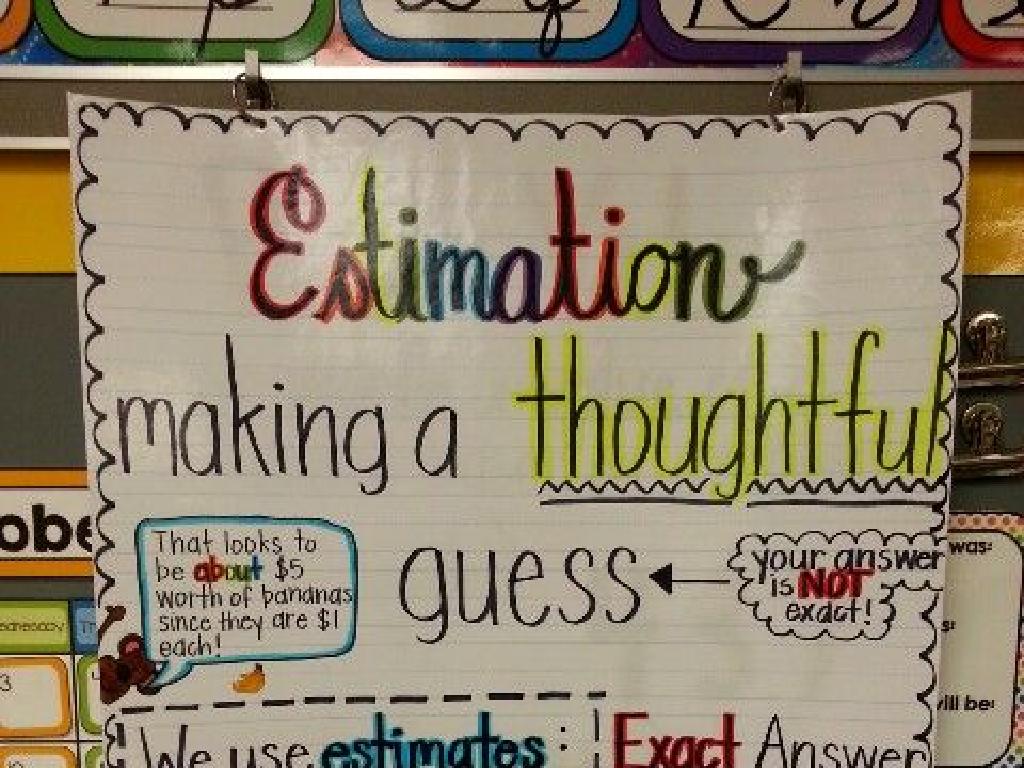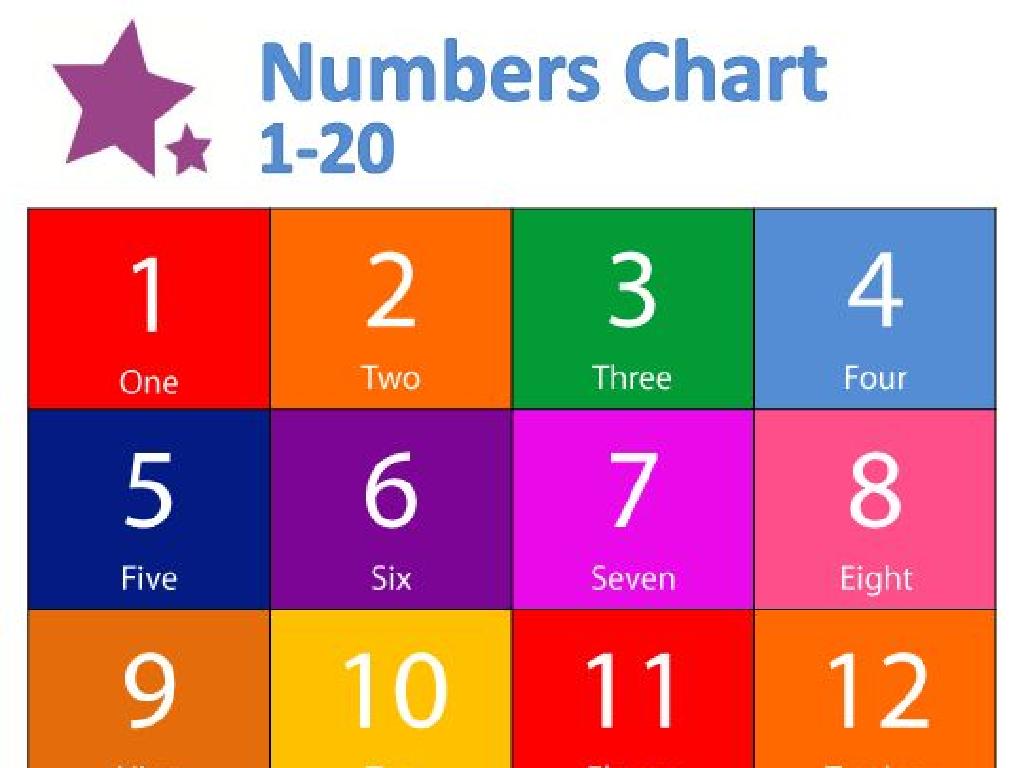Misplaced Modifiers With Pictures
Subject: Language arts
Grade: Seventh grade
Topic: Conjunctions
Please LOG IN to download the presentation. Access is available to registered users only.
View More Content
Introduction to Conjunctions
– Define conjunctions
– Conjunctions connect words, phrases, or clauses
– Role of conjunctions in sentences
– They help in forming complex sentences and clarify relationships
– Common conjunctions: and, but, or
– ‘And’ adds, ‘but’ contrasts, ‘or’ offers choices
– Using conjunctions: yet, for, nor, so
– ‘Yet’ shows contrast, ‘for’ explains reason, ‘nor’ negates, ‘so’ indicates consequence
|
This slide introduces the concept of conjunctions to seventh-grade students. Conjunctions are words that link other words, phrases, or clauses together, making sentences more complex and interesting. They play a crucial role in sentence structure and meaning. Provide examples of each conjunction in use, such as ‘I wanted to play outside, but it was raining.’ Encourage students to think of their own sentences using these conjunctions to solidify their understanding. Discuss how conjunctions can change the relationship between parts of a sentence, and how misplaced modifiers can alter the intended meaning, leading to confusion or humorous interpretations.
Navigating Misplaced Modifiers
– Understanding Modifiers
– Modifiers describe or clarify other words in a sentence.
– Recognizing Misplacement
– Modifiers can be misplaced, causing confusion.
– Identifying Errors in Sentences
– Spot the error: ‘The dog walked the boy in a red collar.’
– Correcting Misplaced Modifiers
– Place modifiers close to the words they describe.
|
This slide introduces the concept of modifiers and their correct placement within sentences to convey clear meaning. A modifier is a word, phrase, or clause that describes or clarifies another word. Misplacement occurs when a modifier is too far from the word it modifies, leading to ambiguity or a humorous interpretation. Use examples to show common mistakes, like ‘The dog walked the boy in a red collar,’ where it seems the boy is wearing the collar instead of the dog. Teach students to place modifiers next to the words they are intended to describe to avoid confusion. Have students practice by identifying and correcting misplaced modifiers in example sentences.
Correcting Misplaced Modifiers
– Strategies to fix misplaced modifiers
– Rearrange the sentence so the modifier is close to the word it describes.
– Place modifiers near their targets
– Modifiers should be next to the word they describe to avoid confusion.
– Practice with example sentences
– ‘Eagerly awaiting dessert, the cake was eaten by the girl’ should be ‘The girl eagerly awaited the cake.’
– Understand modifier placement importance
|
This slide focuses on teaching students how to correct misplaced modifiers, which are words or phrases that do not clearly point to the word they modify, causing confusion. Emphasize the importance of placing modifiers directly next to the word they modify to ensure clarity. Provide practice examples where students can identify the misplaced modifiers and correct the sentences. Discuss why proper placement of modifiers is crucial for clear communication. Encourage students to think about how the meaning of a sentence can change with the placement of just one word. In the next class, students can work on exercises where they correct sentences with misplaced modifiers.
Misplaced Modifiers with Conjunctions
– Conjunctions & misplaced modifiers
– Conjunctions can misplace modifiers, altering sentence meaning.
– Examples of misplaced modifiers
– ‘He almost drove his friends in the car all day’ – ‘almost’ modifies ‘drove’, not ‘friends’.
– Correcting misplaced modifiers
– Place modifiers close to the words they describe for clarity.
– Practice: Fixing sentences
– We’ll work together to correct sentences with misplaced modifiers.
|
This slide introduces the concept of misplaced modifiers in the context of conjunctions for a seventh-grade language arts class. Misplaced modifiers can change the intended meaning of a sentence, often leading to confusion or humorous interpretations. By providing examples, students can see common mistakes and learn how to correct them. Emphasize the importance of placing modifiers near the words they modify to avoid ambiguity. The practice activity will involve students working on sentences to identify and correct misplaced modifiers, reinforcing their understanding of the concept.
Class Activity: Find and Fix Misplaced Modifiers
– Identify misplaced modifiers in sentences
– Correct the modifiers with your partner
– Discuss your reasoning for the corrections
– Why did you place the modifier there?
– Share your fixes with the class
|
This activity is designed to help students understand the concept of misplaced modifiers and how they can alter the meaning of a sentence. Students will work in pairs to identify sentences with misplaced modifiers and correct them. Encourage students to discuss why the modifier was misplaced and how their correction clarifies the sentence. Afterward, each pair will share their corrected sentences with the class, explaining their thought process. This collaborative activity not only reinforces the lesson but also promotes critical thinking and communication skills. Possible activities: 1) Rearranging sentences with humorous misplaced modifiers, 2) Creating their own sentences with intentional errors for peers to correct, 3) Correcting a short paragraph as a team, 4) Drawing illustrations of literal interpretations of misplaced modifiers to visualize the importance of correct placement.
Wrapping Up: Modifiers & Conjunctions
– Recap: Modifier placement matters
– Homework: Craft 5 clear sentences
– Ensure each sentence has conjunctions and modifiers in the right spots.
– Use conjunctions correctly
– Avoid common mistakes like ‘After eating dinner, the TV watched me.’
– Study for the upcoming quiz
|
As we conclude today’s lesson, emphasize the importance of placing modifiers correctly to convey the intended meaning. For homework, students should write five sentences that use conjunctions and modifiers correctly, avoiding common errors such as misplaced or dangling modifiers. This exercise will reinforce their understanding and prepare them for the quiz on conjunctions and modifiers in the next class. Provide examples of well-structured sentences and remind them to review their notes and today’s lesson to study for the quiz.






